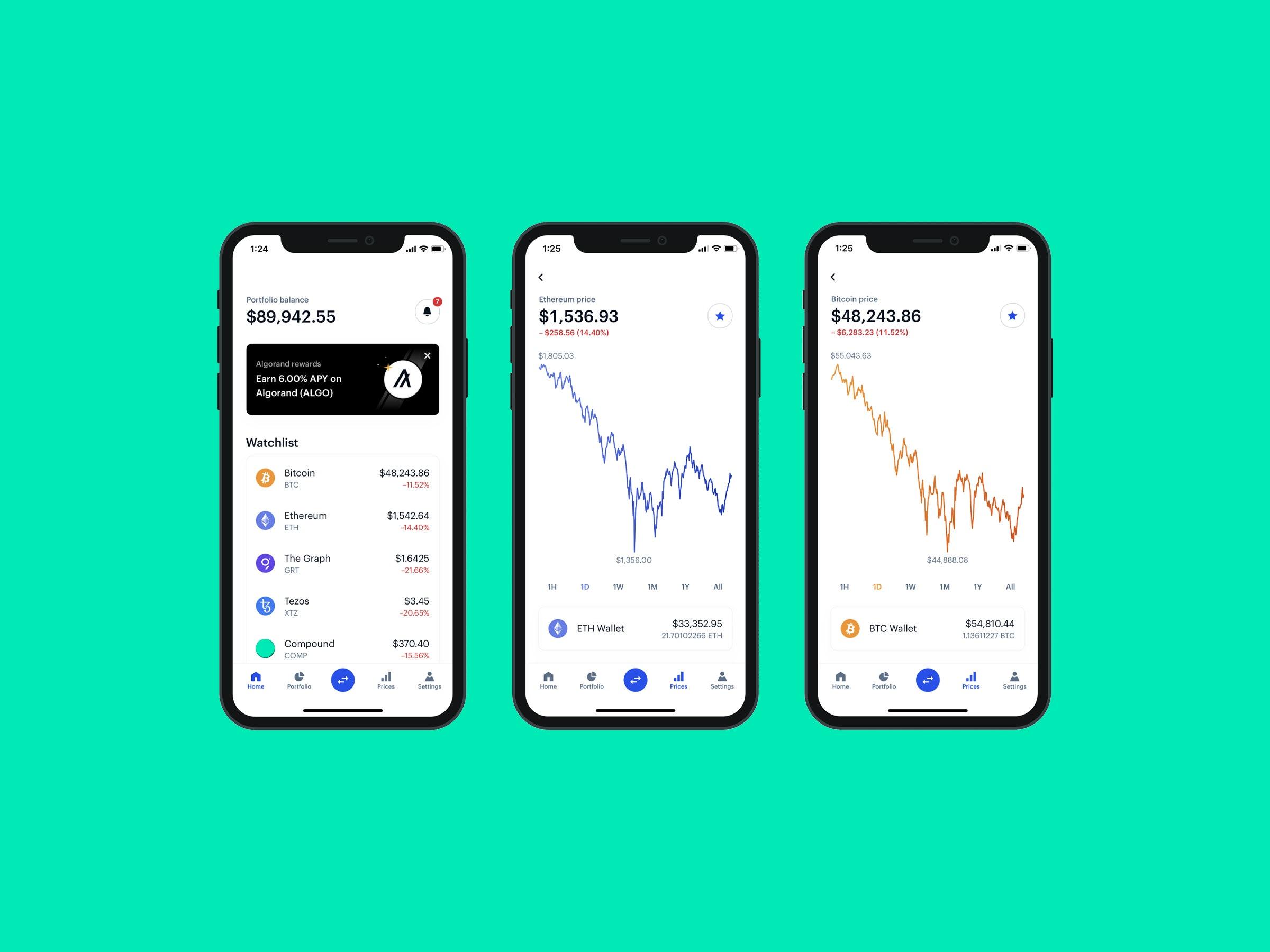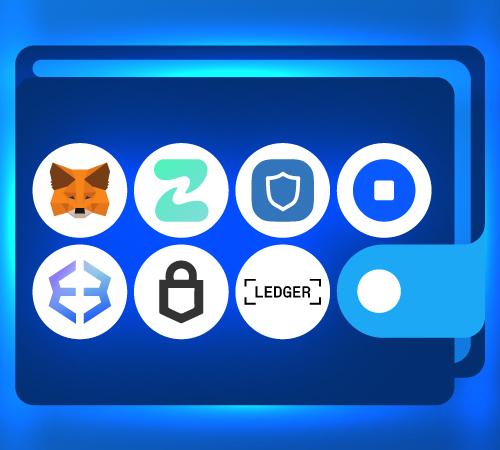In the digital age, where currency has transcended the boundaries of physical bills and coins, a new frontier emerges—cryptocurrency. As more individuals and institutions dive into this innovative financial landscape, the importance of safeguarding assets takes center stage. Enter the cryptocurrency wallet, a pivotal tool that not only enables the storage and management of digital currencies but also serves as a gateway to a decentralized future. In this guide, we will embark on a journey to unveil the intricacies of cryptocurrency wallets, exploring their types, functionalities, and the knowledge needed to navigate this evolving ecosystem with confidence. Whether you’re a curious beginner or an experienced user seeking to enhance your security measures, understanding the nuances of cryptocurrency wallets is essential in unlocking the potential of your digital wealth. Join us as we demystify this essential component of the cryptocurrency experience and pave the way for informed decisions in your financial endeavors.
Understanding the Types of Cryptocurrency Wallets for Every User
As the adoption of cryptocurrencies expands, the importance of securing digital assets through wallets becomes increasingly apparent. There are primarily three types of cryptocurrency wallets, each tailored to different user needs: hardware wallets, software wallets, and paper wallets. Hardware wallets are physical devices, often resembling USB drives, that store private keys offline, thus providing a high level of security against hacks. Software wallets, on the other hand, can be divided into desktop, mobile, and web wallets, offering varying accessibility and convenience. Lastly, paper wallets involve printing your private and public keys on a physical piece of paper, which can be a secure method if stored properly.
Each wallet type comes with its own set of advantages and drawbacks, catering to users’ unique preferences and threat levels. Here’s a quick overview of their characteristics:
| Wallet Type | Security Level | Ease of Use | Best For |
|---|---|---|---|
| Hardware Wallet | High | Intermediate | Long-term investors |
| Software Wallet | Medium | Easy | Daily transactions |
| Paper Wallet | High | Complex | Cold storage enthusiasts |

Essential Features to Consider When Choosing Your Wallet
When selecting a cryptocurrency wallet, it’s important to evaluate features that align with your individual needs and preferences. First and foremost, security should be a top priority; look for wallets that offer robust encryption, two-factor authentication, and features like multisignature technology. Additionally, consider user control—some wallets allow you to manage your private keys, giving you complete ownership over your assets. This can significantly reduce the risk of hacks or unauthorized access that are prevalent in less secure options.
Usability and compatibility are also key aspects to keep in mind. Ensure that the wallet you choose has a user-friendly interface, making it easy to navigate, especially for individuals who may be new to cryptocurrency. Cross-platform compatibility can enhance accessibility, allowing you to manage your digital assets seamlessly across devices. Lastly, it’s wise to assess customer support and community engagement; a wallet backed by a responsive support team and an active user community can provide valuable assistance during your cryptocurrency journey.

Security Best Practices to Protect Your Digital Assets
To safeguard your digital assets, it is essential to embrace a combination of strong technical measures and personal vigilance. Start by employing two-factor authentication (2FA) on all wallet accounts. This extra layer of security significantly reduces the risk of unauthorized access. Furthermore, utilize strong, unique passwords for each wallet and change them regularly. Consider using a reputable password manager to help you generate and store complex passwords securely. Regular updates to your wallet software should not be overlooked either, as developers frequently release security patches that help protect against vulnerabilities.
In addition to basic security measures, ensure you keep your private keys confidential and stored offline if possible. Hardware wallets provide a robust solution, allowing you to manage your cryptocurrencies securely without exposing your keys to online threats. Understanding phishing attacks is also crucial; always verify URLs and avoid clicking on suspicious links. To provide a clearer view of security measures, refer to the table below, which outlines common practices and their benefits:
| Security Practice | Benefit |
|---|---|
| Use 2FA | Enhanced account protection |
| Strong Passwords | Reduced risk of hacking |
| Hardware Wallets | Offline key storage safety |
| Regular Software Updates | Protection against vulnerabilities |

Navigating the Future: Trends and Innovations in Wallet Technology
As the digital landscape continues to evolve, the wallet technology is positioned at the forefront of the cryptocurrency revolution. The emergence of multi-signature wallets and hardware wallets reflects a broader trend towards enhancing security and user control. Rather than relying solely on traditional single-key systems, these innovative wallet options allow for multiple keys to authorize transactions, making them significantly more secure against unauthorized access. Additionally, improvements in user experience design, such as intuitive interfaces and integration with decentralized finance (DeFi) platforms, are making cryptocurrencies more accessible to a wider audience, thereby driving adoption.
Furthermore, the integration of biometric authentication and mobile wallet innovations is reshaping the way users interact with their digital assets. With features such as fingerprint scanning and facial recognition, security becomes more robust while enabling seamless transactions directly from mobile devices. The rise of non-fungible tokens (NFTs) has also influenced wallet designs, leading to functionalities that cater specifically to digital collectibles and unique assets. As these technologies progress, it will be fascinating to witness the ways in which wallets adapt to meet the demands of an increasingly digital economy.
Insights and Conclusions
As we conclude our journey through the intricate world of cryptocurrency wallets, it becomes clear that these digital vaults are more than just secure storage solutions; they are gateways to a new financial frontier. Whether you’re a seasoned investor or just starting to explore the landscapes of blockchain technology, understanding the nuances of different wallet types empowers you to take charge of your digital assets.
As the financial ecosystem continues to evolve, so too will the technology that supports it. By equipping yourself with knowledge about wallets—from hardware to software, from custodial to non-custodial—you’re not just safeguarding your investments; you’re embracing innovation and adapting to a changing world.
Remember, in the realm of cryptocurrencies, knowledge is as valuable as the coins themselves. As you embark on your crypto journey, let your wallet be a reflection of your digital ambitions. Embrace the possibilities, stay informed, and keep your eyes on the future. The world of cryptocurrency is at your fingertips—unlock its potential.






